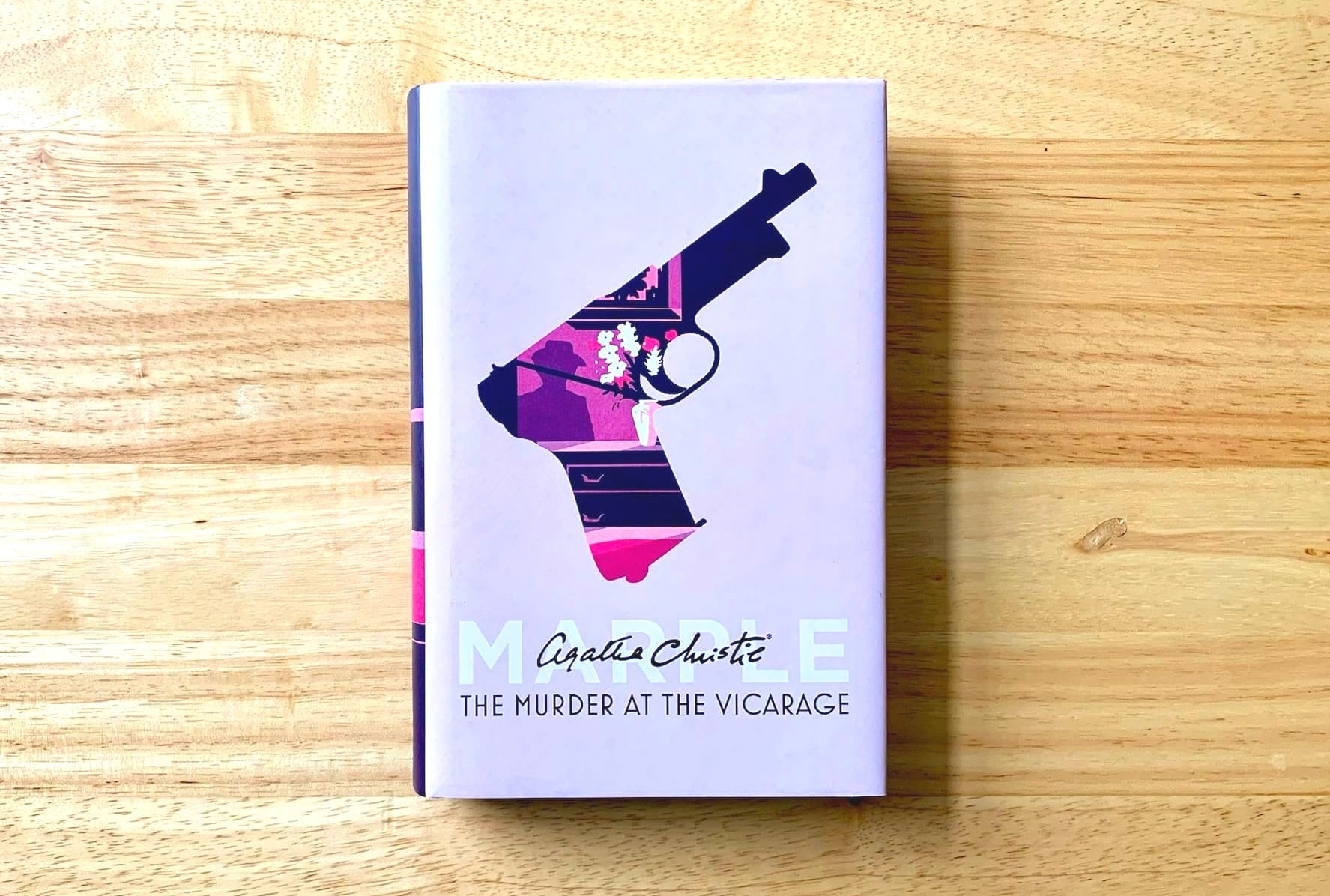Rediscovering Miss Marple
Reading Agatha Christie like it's 1930.
Dear listeners,
Today, we're going deep on a single, very important book. This book:

The Murder at the Vicarage, Miss Marple's first novel-length case, from 1930. The occasion? Simply that I realised that it had been a long time, too long, since I had encountered Agatha Christie's Miss Marple, as opposed to the many, many adaptations and reincarnations of her that have appeared since. We read this book in the Shedunnit Book Club back in April and it quite took me by surprise. I had forgotten how much of the original character gets lost when it is reinterpreted by other people and in other formats. It was time, I decided, to rediscover Miss Marple. I wanted, as far as possible, to read this book in the same way that someone arriving to it fresh in 1930 might have done.
And so, that's what you can hear in today's new episode — my reflections on properly rereading this book for the first time in a long time, and all that it has to tell us about what this character was to go on to become.
Of course, The Murder at the Vicarage was not the first time Christie committed Jane Marple, spinster detective, to the page. Her very first appearance was in a short story titled "The Tuesday Night Club", published in The Royal Magazine in December 1927. This was part of a set of six stories serialised in that publication, running monthly from December 1927 until May 1928. Six more monthly Miss Marple stories followed in the Story-Teller Magazine, the following year, beginning with "The Blue Geranium" in the December 1929 issue. Another, a one-off, came out in Nash's Pall Mall Magazine in November 1931. Those thirteen short stories were then collected in an anthology titled either The Tuesday Night Club or The Thirteen Problems, depending on where and when you were buying it, which came out in the UK in 1932 and in the US in 1933.
But unless you happened to catch one or all of these magazines at the time, for a reader in 1930 The Murder at the Vicarage could well have been your first meeting with Miss Marple. What might that have been like?
The initial reviews of The Murder at the Vicarage offer some clues. Harold Nicolson in the Daily Express said: "I have read better works by Agatha Christie, but that does not mean that this last book is not more cheerful, more amusing, and more seductive than the generality of detective novels." The New York Times was distinctly irritated by Miss Marple and "the local sisterhood of spinsters that is introduced with much gossip and click-clack". The reviewer continued: "A bit of this goes a long way and the average reader is apt to grow weary of it all, particularly of the amiable Miss Marple, who is sleuth-in-chief of the affair." I find the take in the Times Literary Supplement most telling. That reviewer noted that "It is Miss Marple who does detect the murderer in the end, but one suspects she would have done it sooner in reality."
This speaks to something that truly surprised me upon this return to The Murder at the Vicarage. Miss Marple simply isn't in it very much! The novel is narrated in the first person by the vicar of St Mary Mead, Leonard Clement. Because the murder is discovered to have taken place in his house, and because of his institutional status in the village, he is given a lot of access to the investigation — he is present when suspects are interviewed and the scene is examined, and so on. Miss Marple, meanwhile, pops in for tea occasionally or leans over her garden wall to make her contribution. It is not until the climactic sequence that we see her take anything approaching action, and even then this is all filtered through Clement's point of view. As that TLS reviewer hinted, it does at times feel a little like we've travelled a needlessly long way to arrive at the obvious conclusion, which is that Miss Marple was right all along.
Agatha Christie had her doubts, too. Writing decades later in her autobiography, she said: "Reading Murder at the Vicarage now, I am not so pleased with it as I was at the time. It has, I think, far too many characters, and too many sub-plots. But at any rate the main plot is sound." I agree with her, but I still think the novel is wonderfully good. It contains so much and yet the prose never feels heavy nor is the reader feel over-burdened with information. The 1930s was to see the publication of some of Christie's best work — Murder on the Orient Express, The A.B.C. Murders, Death on the Nile and And Then There Were None all appeared in the next nine years — and I think you can see her trying out ideas in The Murder at the Vicarage that would later come to fruition.
I hope you enjoy reconsidering this book with me. Although I was surprised by some aspects of it, I am more sure than ever that it is a brilliant piece of writing.
Until next time,
Caroline
You can listen to every episode of Shedunnit at shedunnitshow.com or on all major podcast apps. Selected episodes are available on BBC Sounds. There are also transcripts of all episodes on the website. The podcast is now newsletter-only — we're not updating social media — so if you'd like to spread the word about the show consider forwarding this email to a mystery-loving friend with the addition of a personal recommendation. Links to Blackwell’s are affiliate links, meaning that the podcast receives a small commission when you purchase a book there (the price remains the same for you).
